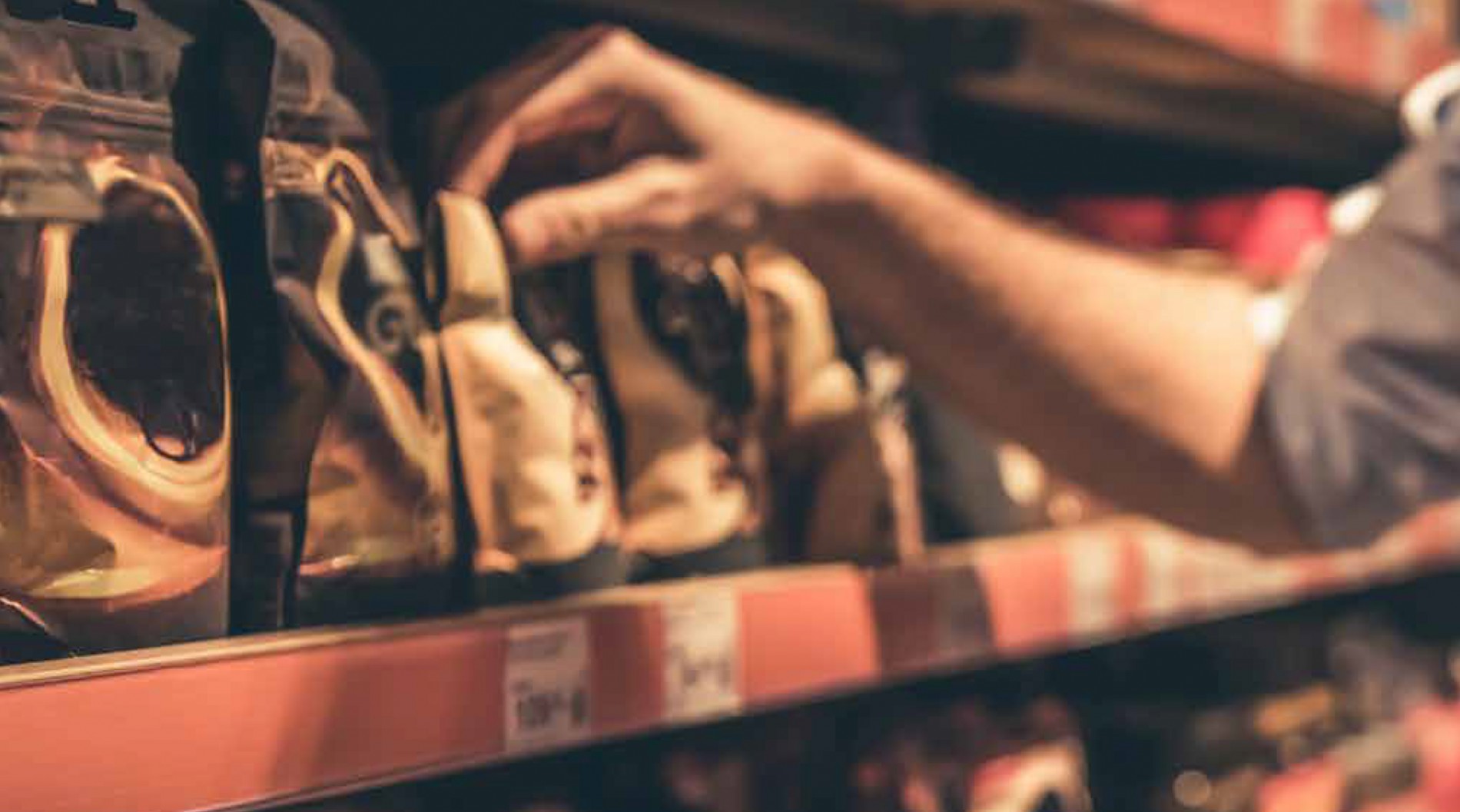
TASTE OF TOMORROW / Thinking outside the box
‘Don’t judge a book by its cover’, is how the saying goes. However, when it comes to the packaging of food products, that is exactly what consumers do these days. Following interview was published in a freshly released book 'The Taste of Tomorrow'. Ready to find out more about trends and innovation in food packaging?
Food Packaging - THINKING OUTSIDE THE BOX
Packaging has become so much more than just the wrapping of the product. Could you enlighten us on some of the other functions of packaging?
Patrick DG: The original function of packaging was, of course, to protect the products inside, or even to keep them together. Today, however, packaging is quickly gaining additional functions and features. The packaging of a product has become a carrier for the communication of a (brand’s) story. It’s what is central in the relationship between a brand and the end consumer. Packaging is the new way to advertise and brands use it to develop an emotional bond, a relationship with the consumer.
Well-designed packaging provides consumers with a point of reference. Don’t forget that they take these products home and so they see the packaging all the time: from the shelf in the store, to the cupboard and the kitchen table.
In the future, we may see even more functions of packaging that enhance interaction between brands and consumers, for example via QR codes and apps.
What are the most important challenges for the packaging industry?
Patrick DG: The demand for more sustainable packaging solutions is clearly on the rise. People are truly concerned about the environment, about problems like the plastic soup in our oceans. Not everyone will go as far as trying to ban packaging completely, but there is definitely a lot of pressure from consumers and regulators to come up with genuinely sustainable solutions. Consumers won’t settle for packaging with a recycled look – brands cannot afford to ‘greenwash’ any longer.
The hunt for truly innovative and sustainable packaging is on. And it’s not just about being able to recycle packaging materials. It’s about making sure that the plastic soup stops growing and that sustainable raw materials take the place of pollutants in packaging. The use of grasses in cardboard is one example. Edible packaging is another.
“Packaging is the new way to advertise.”
Could you tell us about the current trends in packaging?
Patrick DG: We are seeing a clear trend towards authenticity, towards showing the real story behind products and brands. Visual storytelling is hot and happening.
Next, there are a few conflicting trends: on the one hand, there is the tendency to keep things as simple and straightforward as possible, typically playing into the authentic, real story of a brand. On the other hand, we see a lot of ‘blurring’: taking elements from the culinary world and mixing them with elements from the art world, music, fashion, pop culture and so on.
When it comes to size, we also see trends that seemingly go in opposite directions. There is a trend towards smaller packaging to meet the needs of singles or small families or to provide convenient on-the-go snacking solutions. But we see large ‘family packs’ just as well. Or large packaging with smaller, individual servings on the inside.
In the end, it’s all about serving your target audience and taking the needs of the end consumer as your starting point. It’s no longer about just coming up with a nice product and launching it. Brands should be aware that packaging is a unique opportunity to play into the needs and wants of their target customers.


